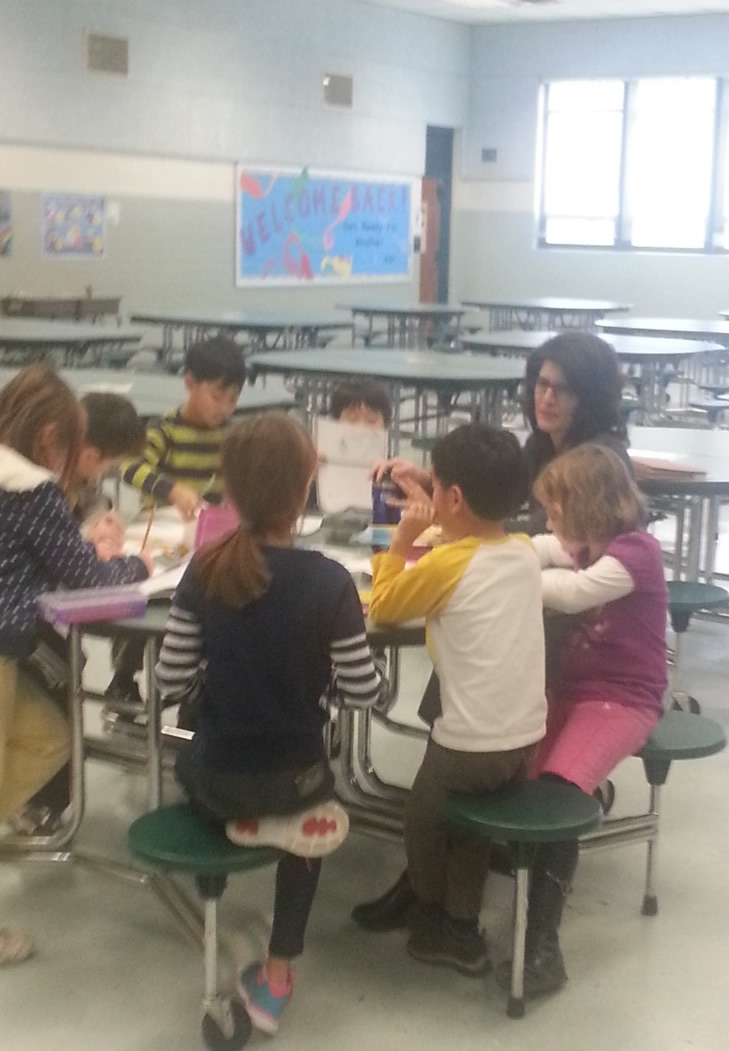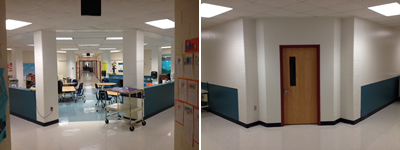Solve Your Space Jams
By Gail Kinsey Communicator January 2014, Volume 37, Issue 5 Does any principal ever complain that they have more space in their school building than they need? Most of us are constantly looking for corners for a small group to meet or for a place to hold one more IEP meeting. As a principal for the past 15 years, I have done my share of creative problem-solving of the space-finding variety. Like Captain Kirk on Star Trek, I have viewed space as the final frontier to conquer.
By Gail Kinsey
Communicator
January 2014, Volume 37, Issue 5
Does any principal ever complain that they have more space in their school building than they need? Most of us are constantly looking for corners for a small group to meet or for a place to hold one more IEP meeting. As a principal for the past 15 years, I have done my share of creative problem-solving of the space-finding variety. Like Captain Kirk on Star Trek, I have viewed space as the final frontier to conquer.
Here are the short-term strategies I’ve used to “create” space in my school.
 Use the cafeteria. The cafeteria is open for more than lunch at our school. Groups routinely meet there during the hours after breakfast and before and after lunch. The space is big enough to accommodate multiple groups without fear of disturbing one another.
Use the cafeteria. The cafeteria is open for more than lunch at our school. Groups routinely meet there during the hours after breakfast and before and after lunch. The space is big enough to accommodate multiple groups without fear of disturbing one another.
Leverage the lounge. In a similar vein, the teachers’ lounge can provide valuable space for a few hours each day. What kid doesn’t want to enter that special teacher territory? The novelty aspect alone can make it a sought-after destination.
Make the most of hallway space. Hallways with alcoves offer another spot to set up shop. We use a folding paper divider that  offers a buffer from visual distractions and a sense of privacy. It also sends a message to the folks who pass in the hallway that class is in session.
offers a buffer from visual distractions and a sense of privacy. It also sends a message to the folks who pass in the hallway that class is in session.
Hallways can also offer “centers” or practice spots for students working on a particular skill. Children can work in pairs or trios, with a parent volunteer or aide providing supervision.
Turn before- and after-school spaces into classrooms. Our school houses two rooms that serve as a child care facility offering before and after-school care. Once school is in session, these rooms turn into classroom space for small groups. This set-up does require that teachers and students tote their materials with them, but that is a small price to pay for a cozy spot to concentrate.
Long-Term Solutions
Have deeper pockets? Work with your school system’s facilities office to change an open space into an enclosed one. For instance, we transformed an open pod space into a classroom by adding a door frame, a door, and temporary walls from the counters to the ceiling. (See photos below.) This solution was much cheaper than adding a trailer to the campus. Plus, it can be “undone” in the unlikely event that the additional space is no longer needed.
Dividing one large room into two spaces is a much costlier initiative, but it could be more efficient in the long run. For instance, if you have programs at your school that require space for itinerant teachers or specialists, or classes with very small ratios, dividing a room might make sense. Intimate spaces invite more intimate, calmer behavior. At our school, we split a large room into two smaller spaces and a hallway to accommodate two preschool classes. 
Another space-creating tip is to consider how you’re using your storage rooms. Some of my colleagues have converted storage rooms into small classrooms by removing shelving and installing a rug remnant. (Most of our storage rooms have old, outdated junk masquerading as instructional materials—moving that stuff to the dumpster would be a smart move.) Alternately, purchasing a small shed can help buy you some outdoor storage space so space inside your building can serve children’s needs.
Finding space does not have to be Mission Impossible. Look around your building though a lens of what is possible. You might be surprised—I was!
Gail Kinsey is principal of Fairfax Villa Elementary School in Fairfax, Virginia.
—
Copyright © 2014. National Association of Elementary School Principals. No part of the articles in NAESP magazines, newsletters, or website may be reproduced in any medium without the permission of the National Association of Elementary School Principals. For more information, view NAESP’s reprint policy

